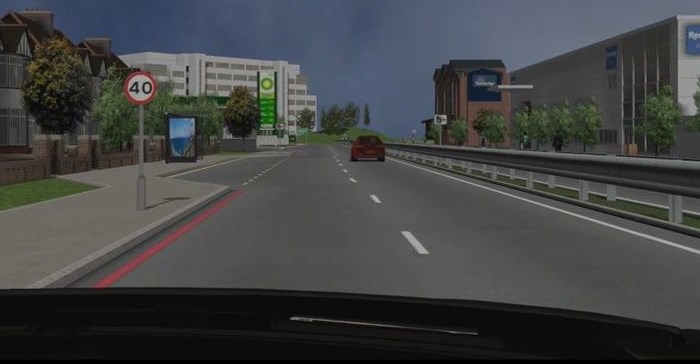
Subscribe & Follow
Jobs
- Middle Media Sales Executive - OOH Gauteng, Johannesburg
- Media Branding Consultant - OOH Johannesburg
How significant is DOOH vs static OOH?
Neil Eddleston, managing director of JCDecaux OneWorld explains that in this increasingly digital world, measurement is needed. “Despite the OOH industry having a globally recognised methodology endorsed by its customers since 2009, now there is a need to create a set of DOOH factors for increased visibility that can be applied to new and existing audience measurement systems across Europe,” he says.
Eddleston was addressing delegates attending the JCDecaux Africa Annual conversation 2018 Connected Brand Stories conference that took place recently in Bryanston.
An immersive experience
The virtual city experience was an immersive one, featuring city noises such as traffic and was tailored to each country. “For example, in the UK you would drive on the left-hand side of the road, in Switzerland on the right. In the same way, the road signs and language were relevant to that city. This made it feel real for the users,” he elaborates.
Buzz 3D Virtual Ad Pretesting and Copy Testing from Buzz3D on Vimeo.
The way in which respondents saw the ad in this virtual city was controlled. International brands were used in the advertisements, so these were kept the same for each country, but the brands were randomised using four different types of OOH formats from static paper to full motion video. “This allowed us to see the difference between static and moving digital billboards and to bridge from the existing data to what happens if this changes from a paper static to a moving digital billboard,” he explains.They found that people look at digital advertising more than static paper. “They also look at them more often, with more fixations (tells us where in the ad they are looking), with longer dwell times.
DOOH offers the best of both worlds
As engagement is a key part of the recall, looking at an ad longer builds more awareness. “Therefore, in terms of overall awareness, it means that a digital moving poster is looked at for more than a third longer than a static product (while driving). While this is even more in a pedestrian area, a 50-second walk through gives you the same results as a 10-second digital moving ad,” he explains.
“Brands need to drive awareness and because of OOH’s broad reach, it doubles the chance of fame, as it uplifts the fame effects, which is also important for long-term brand building. Ultimately OOH also increases profit over time. This mix leads to a stronger price differentiation,” he continues.
Revenue flows from the digitalisation of media are coming into the OOH world in a very real sense. “DOOH is a massive opportunity for brands as DOOH offers the best of both worlds; a targeted approach with the broad ability to reach large numbers of people,” he says.



















